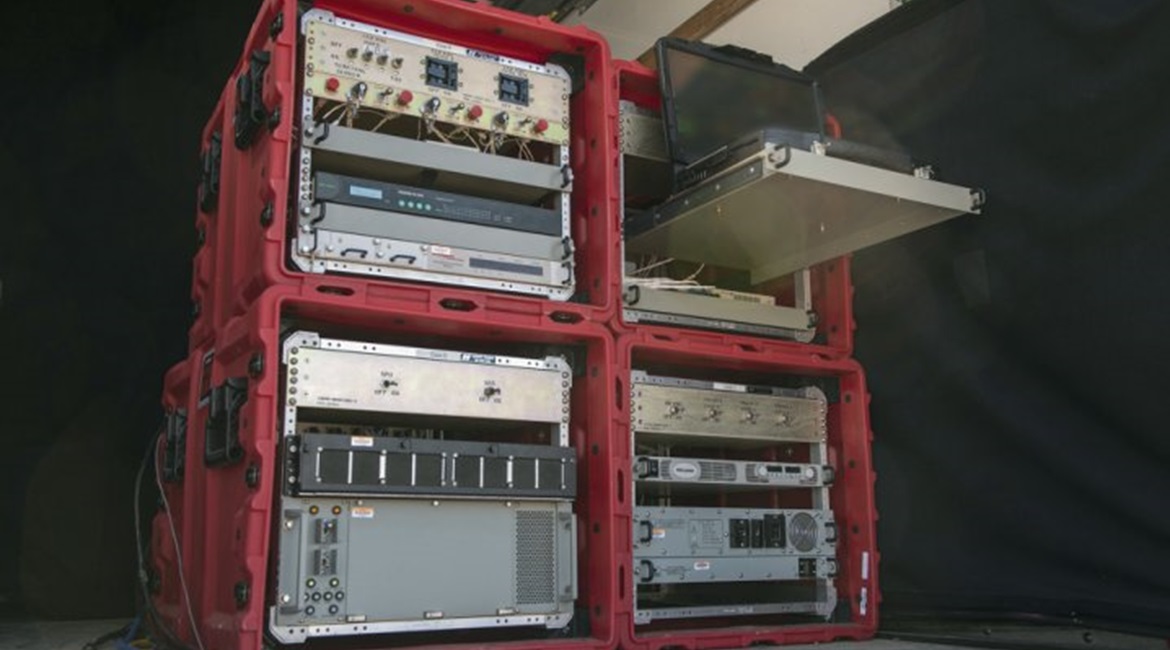
Raytheon earlier this year demonstrated a land-based expeditionary version of its Joint Precision Approach and Landing System (JPALS) that the company believes has applicability to rotary-wing aircraft.
“The need for precision landings in harsh environments is not limited to one military service and one aircraft,” Matt Gilligan, Raytheon’s vice-president for intelligence, information, and services, said in an 8 April statement ahead of the 2019 Army Aviation Association of America (AAAA) summit held from 14 to 16 April in Tennessee. “JPALS can help any fixed- or rotary-wing aircraft land in rugged, low-visibility environments at austere bases worldwide.”
JPALS is a differential, GPS-based precision landing system that guides aircraft onto carriers and amphibious assault ships in all types of weather and surface conditions up to Sea State 5, one of the most extreme classifications. It uses an encrypted, jam-proof datalink to connect to software and receiver hardware on the aircraft and an array of GPS sensors, mast-mounted antennas, and shipboard equipment, according to a company statement.

Raytheon developed a Joint Precision Approach and Landing System (JPALS) variant that the company believes is applicable to rotary-wing aircraft. (Raytheon)
Raytheon spokesperson Heather Uberuaga said on 11 April that expeditionary JPALS is designed to be a manportable, land-based system that would enable all services to quickly and precisely land their aircraft on airfields that do not have proper landing infrastructure. These, she said, include situations such as unimproved runways and helipads.
Raytheon took the essential elements of the ship-based JPALS and reconfigured them into a smaller package. Raytheon earlier this year demonstrated the land-based JPALS for the first time to US Air Force (USAF), US Navy (USN), and US Marine Corps (USMC) officials at Marine Corps Air Station Yuma, Ariz.
Looking to read the full article?
Gain unlimited access to Janes news and more...






